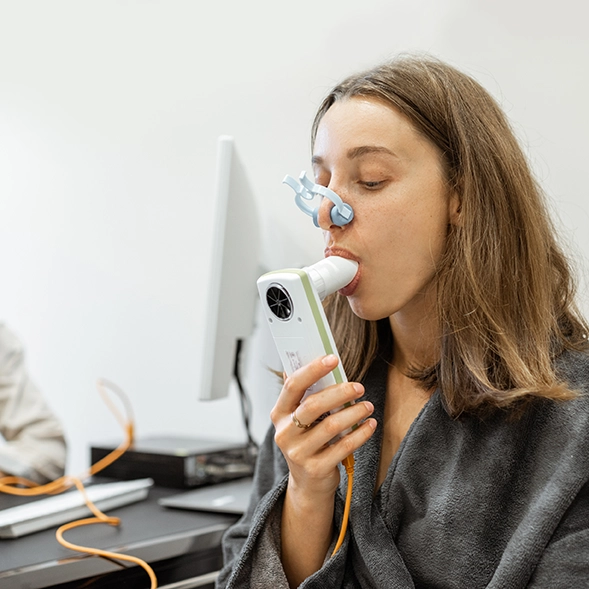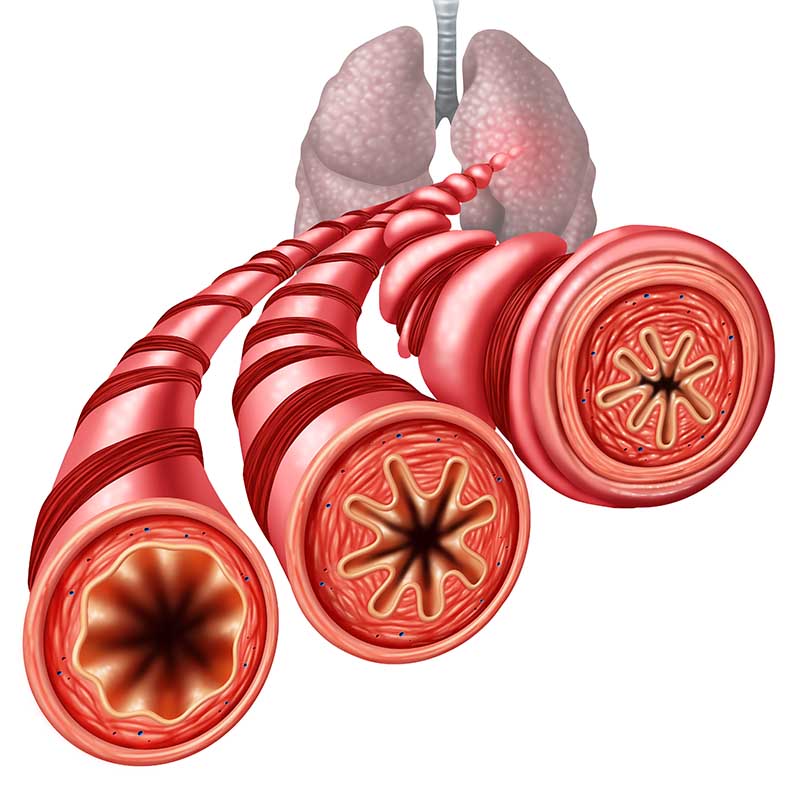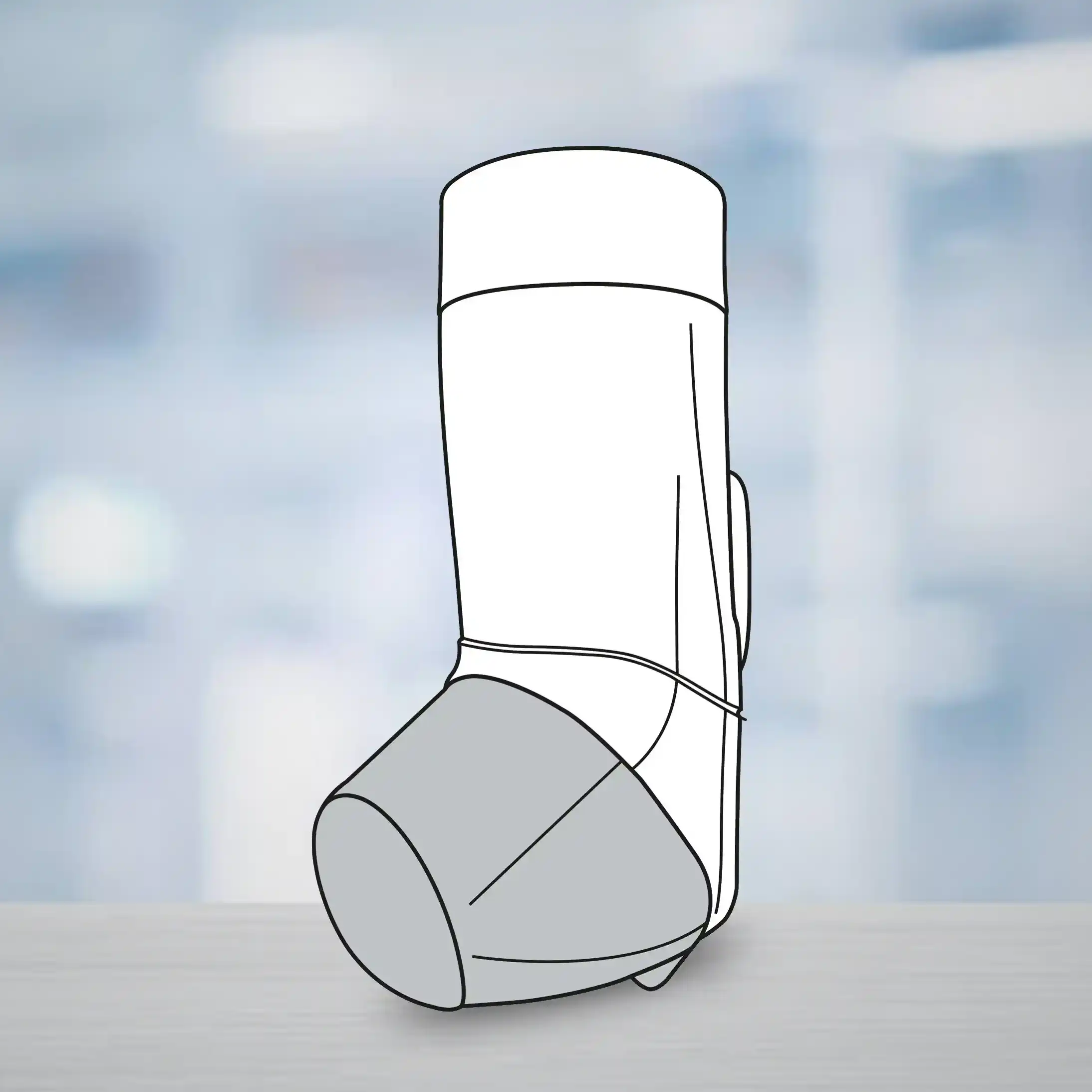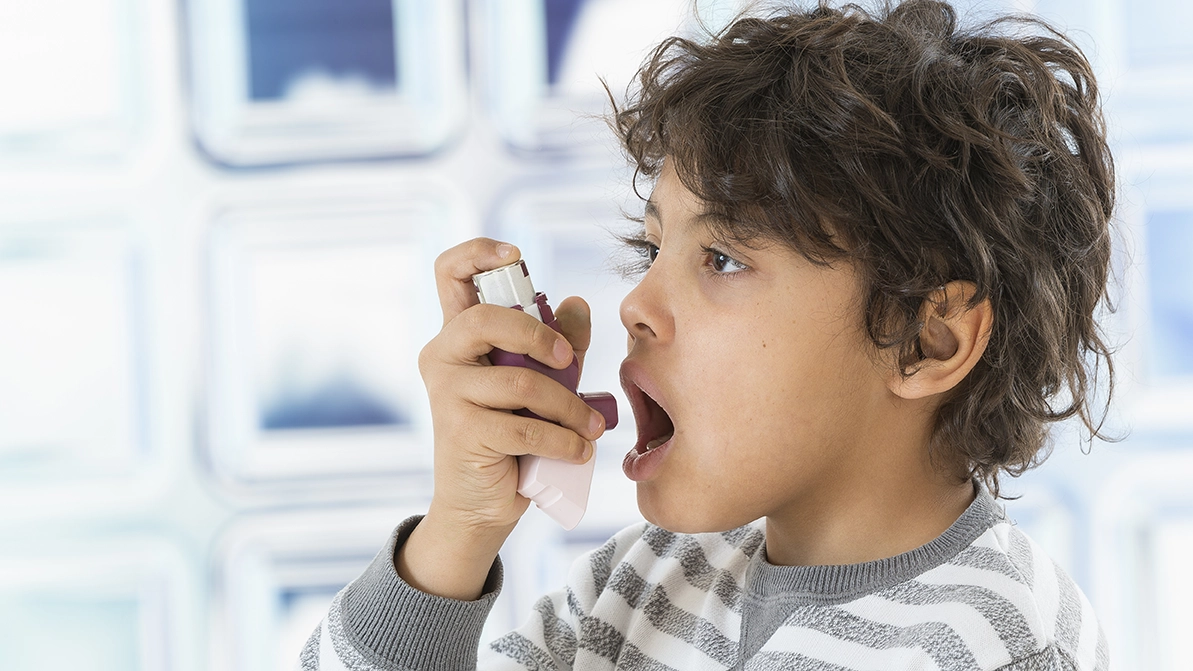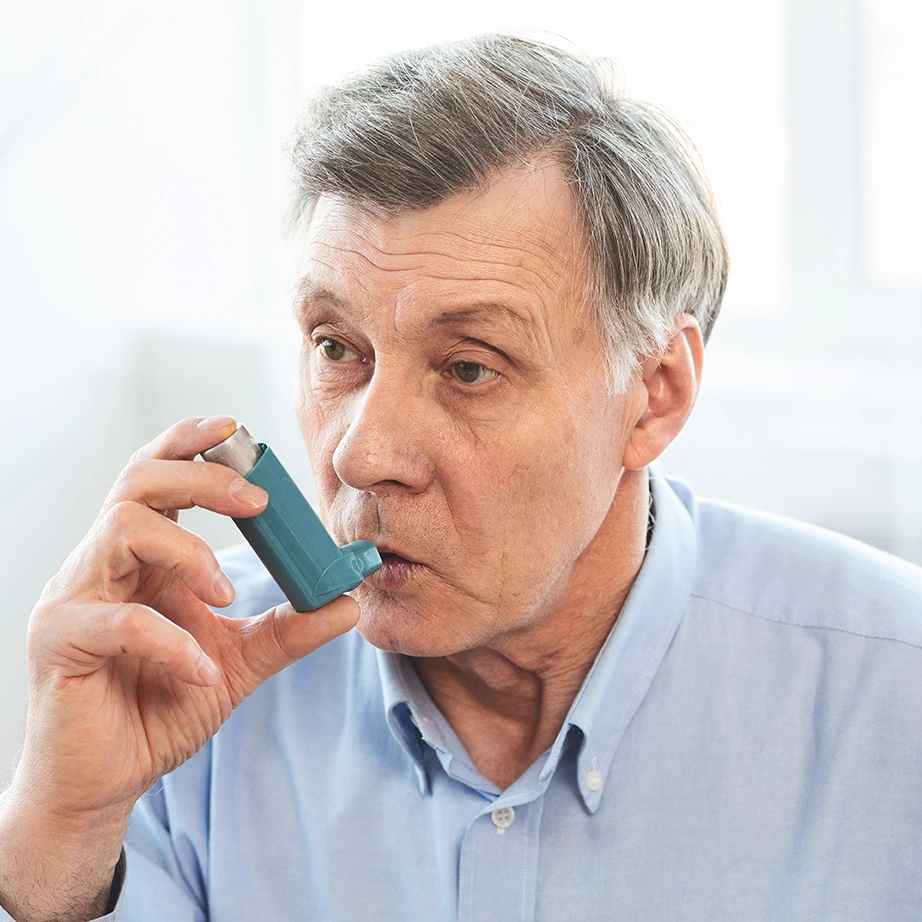Introduction
Benign prostatic hyperplasia (BPH) is a common chronic condition that affects men aged >50 years, causing voiding and obstructive lower urinary tract symptoms (LUTS). Men are reluctant to opt for surgical treatment due to its potential impact on sexual function. Many minimally invasive surgical techniques (MISTs) have been recently developed but they are associated with high retreatment rates or poor efficacy in case of large prostates. Water vapor thermal therapy (WVTT) using the Rezūm system is a new MIST that has considerable success in improving LUTS while preserving the sexual function. However, there is lack of systematic analysis.
Aim
This meta-analysis assesses the efficacy and safety of WVTT in the treatment of BPH with a follow-up of 1 year.
Method
Study Design
-
Single-arm meta-analysis
Treatment Strategy
-
The Preferred Reporting Items for Systematic Reviews and Meta-Analysis (PRISMA) guidelines was followed and protocol was submitted to the PROSPERO registry
-
Extensive search of PubMed, Web of Science, Embase, Cochrane Library and ClinicalTrials.gov databases was conducted
-
Comprehensive quality assessment was done using the tool developed by the Canadian Institute of Health Economics (IHE)
-
A leave-one-out sensitivity analysis was performed to evaluate the impact of each study on the pooled outcomes
Endpoints
-
International Prostate Symptom Score (IPSS)
-
IPSS Quality-of-life scale (QoL)
-
Postvoid residual volume (PVR)
-
Maximum urine flow rate (Qmax)
-
Incidence of complications
Results
-
The meta-analysis included 8 studies comprising 1015 patients with moderate to severe LUTS secondary to BPH
-
At 6 months after WVTT, there were significant improvements in the IPSS, QoL and Qmax
-
Remarkable improvements were demonstrated at 1-year follow-up, IPSS decreased by 11.37, the IPSS QoL reduced by 2.59, Qmax increased by 5.26 ml/s, and PVR reduced by 13.18 ml; p<0.001 for all
-
Commonly reported postoperative complications were hematuria, dysuria, hematospermia, urinary retention, urinary urgency, urinary frequency and pelvic pain
-
Dysuria was the most common adverse event (AE) with a pooled incidence of 21%; p<0.01
-
Hematuria was the second most common AE with a pooled incidence of 14%; p<0.01
-
The pooled retreatment rate after WVTT was 3%; p<0.01
Conclusion
-
Water vapor thermal therapy offers sustained and significant improvements in the lower urinary tract symptoms and can be a potential first line therapeutic alternative to medication or more invasive surgical procedures in the treatment of benign prostatic hyperplasia.
BMC Urol. 2023 Apr 28;23(1):72.


